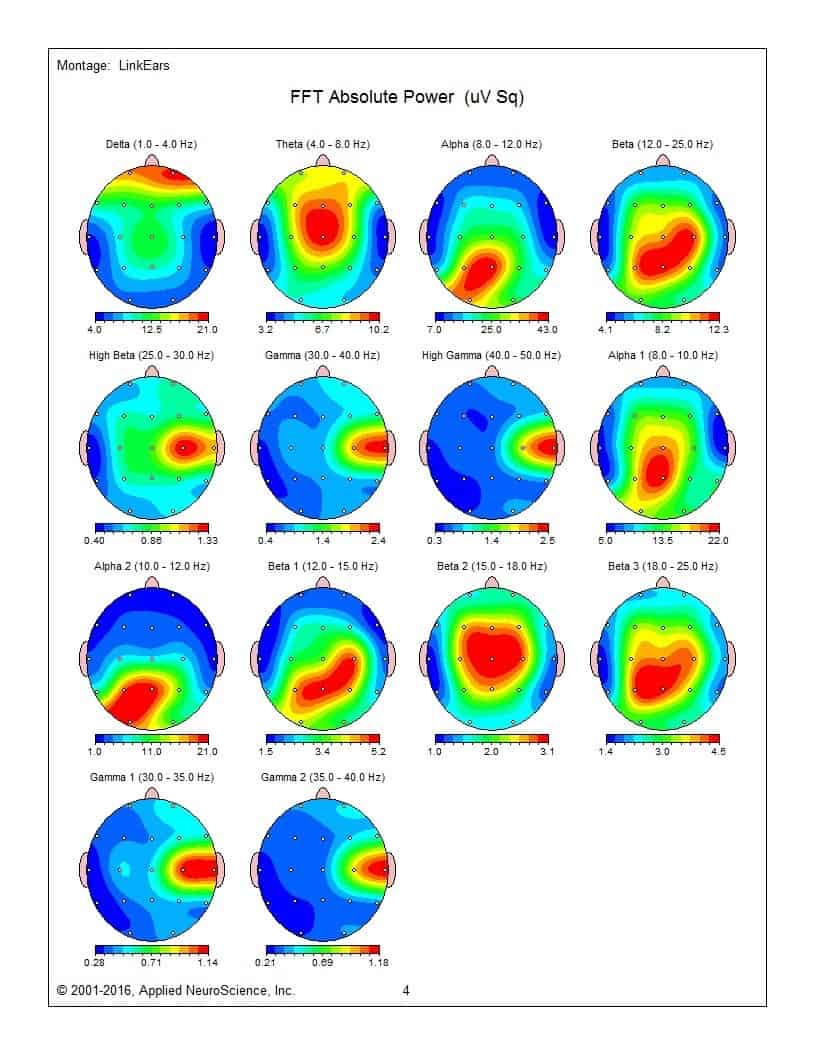Unveiling the Connection Among qEEG and Slumber Apnea Patterns for Improved Diagnosis and Therapy
Unveiling the Connection Among qEEG and Slumber Apnea Patterns for Improved Diagnosis and Therapy
Blog Article
Slumber hypopnea is a prevalent sleep disorder that affects many individuals around the world. It happens when a individual's respiration is interrupted during slumber, leading to poor sleep standards and various medical concerns. One of the ways scientists and physicians are working to better understand and identify sleep apnea is through a method called quantitative electroencephalography, or qEEG. This approach measures the electronic activity of the brain and can offer important understandings into how sleep apnea affects brain activity and general health.
qEEG involves positioning small sensors on the scalp to record brain waves. These cerebral oscillations are then examined to identify patterns that may suggest sleep conditions, including sleep apnea. By analyzing these patterns, healthcare professionals can obtain a more precise understanding of how sleep apnea disrupts typical brain activity during sleep. This data can be essential for formulating efficient treatment plans tailored to specific clients. Comprehending the connection between qEEG and sleep apnea can lead to enhanced identification techniques and better outcomes for those impacted by this disorder.
Studies has demonstrated that people with sleep apnea often exhibit distinct changes in their brain oscillation trends. For example, during episodes of apnea, the brain may exhibit increased activity in certain areas while additional regions become more engaged. These alterations can influence how well a person sleeps and how rested they feel upon waking. By using qEEG to monitor these cerebral wave patterns, doctors can recognize particular traits of sleep apnea in clients, which can help in formulating a more precise diagnosis. This is especially important because sleep apnea can sometimes be mistaken for other sleep conditions, resulting to misguided therapies.
In addition to improving diagnosis, qEEG can also play a role in evaluating the effectiveness of treatments for sleep apnea. For instance, after a patient begins employing a continuous beneficial airway pressure (CPAP) device, which assists maintain the passage clear during sleep, qEEG can be used to assess changes in brain activity. If the brain shows improved trends of sleep after initiating treatment, it may suggest that the therapy is working effectively. This feedback can assist physicians formulate required modifications to therapeutic strategies, guaranteeing that patients obtain the best treatment feasible.
In summary, the relationship between qEEG and sleep apnea patterns is an exciting area of research that holds promise for enhancing identification and therapy. By comprehending how sleep apnea impacts cerebral function, healthcare providers can develop more efficient approaches to help clients attain improved slumber and enhance their general health. As research continues to evolve, it is likely that qEEG will become an integral tool in the fight against sleep apnea, resulting to superior outcomes for those click for source who suffer from this challenging condition.